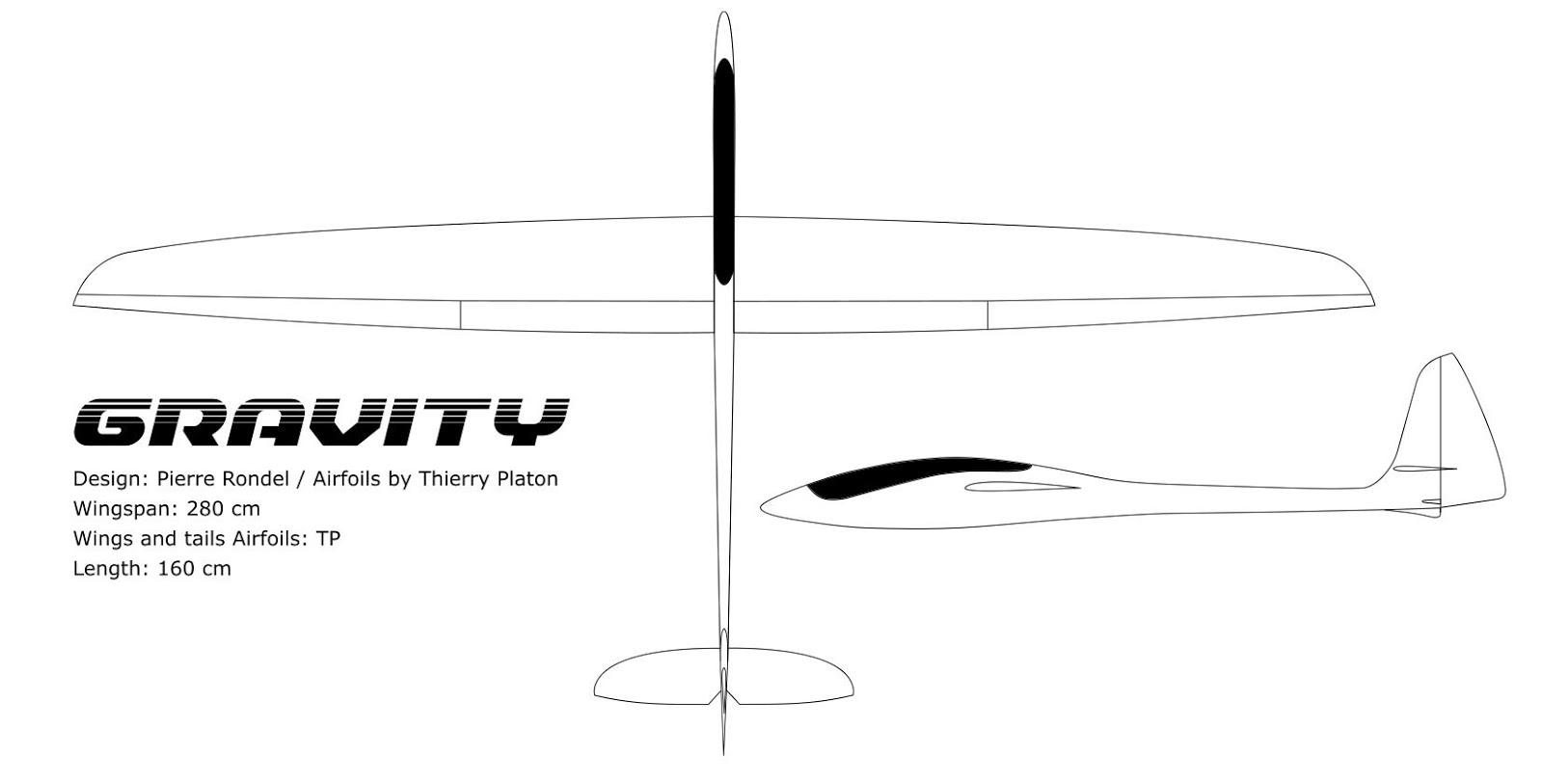

Gravity retaining walls resist sliding by means of their large mass, whereas cantilever retaining walls are designed to resist sliding by using reinforcement. It is thicker at the base than cantilever and segmental walls, and hence could cost more to construct on larger projects. The gravity wall is much simpler in design and construction, and can be an effective choice for smaller projects. Each of these retaining wall systems has its advantages, and the choice may depend on a number of factors including aesthetics, constructibility, cost, and suitability for a particular project. This TEK addresses unreinforced gravity retaining walls only. They are the simple unreinforced vertical face gravity retaining wall, the steel reinforced cantilever retaining wall, and the segmental retaining wall. Three different types of concrete masonry retaining walls are illustrated in Figure 1.

Concrete masonry retaining walls meet these requirements admirably.

Finally, the wall must be strong enough to prevent failure at any point in its height due to the pressure of the retained material. Retaining walls must resist overturning and sliding, and the pressure under the toe (front bottom edge of footing) should not exceed the bearing capacity of the soil. That is, retaining walls “retain” earth, keeping it from sliding. Retaining walls support soil and other materials laterally.


 0 kommentar(er)
0 kommentar(er)
